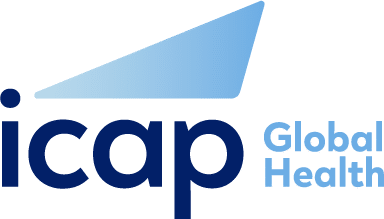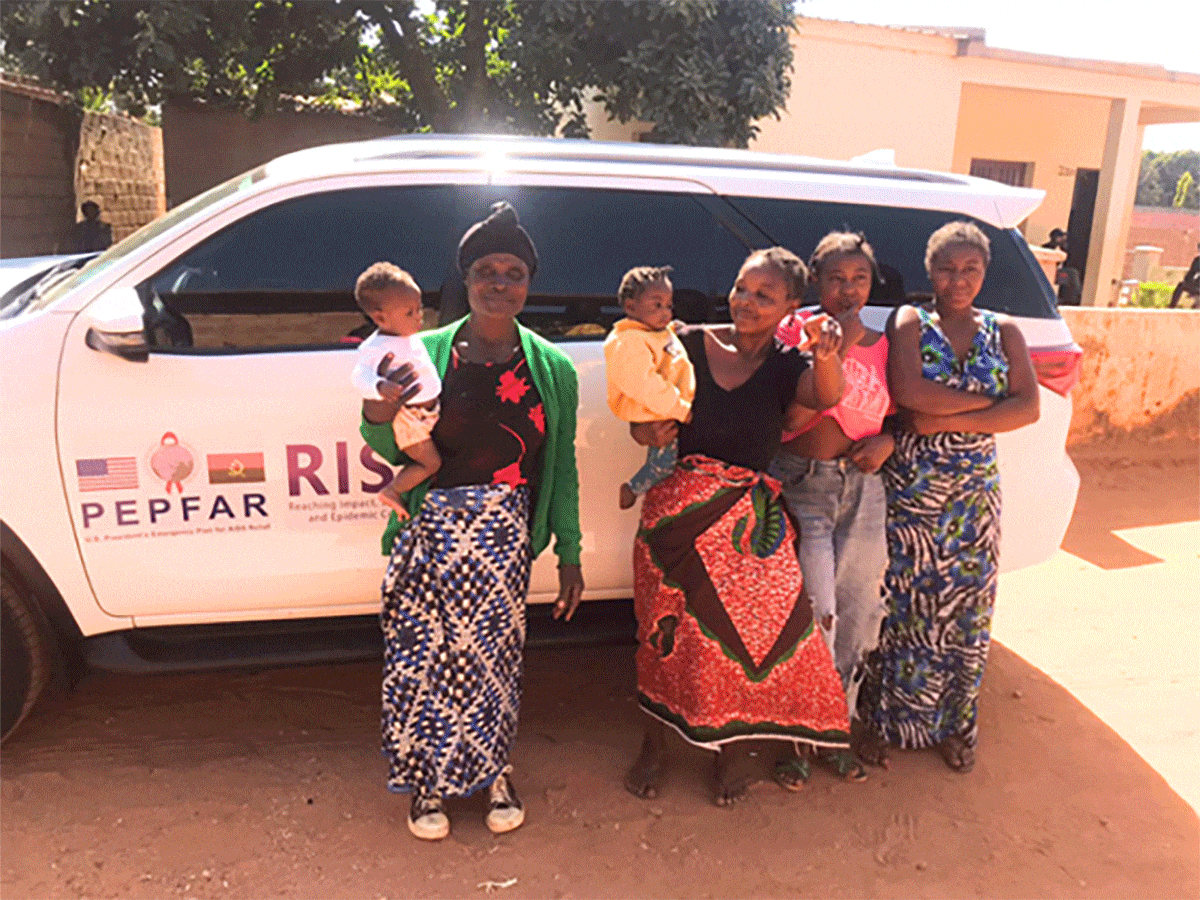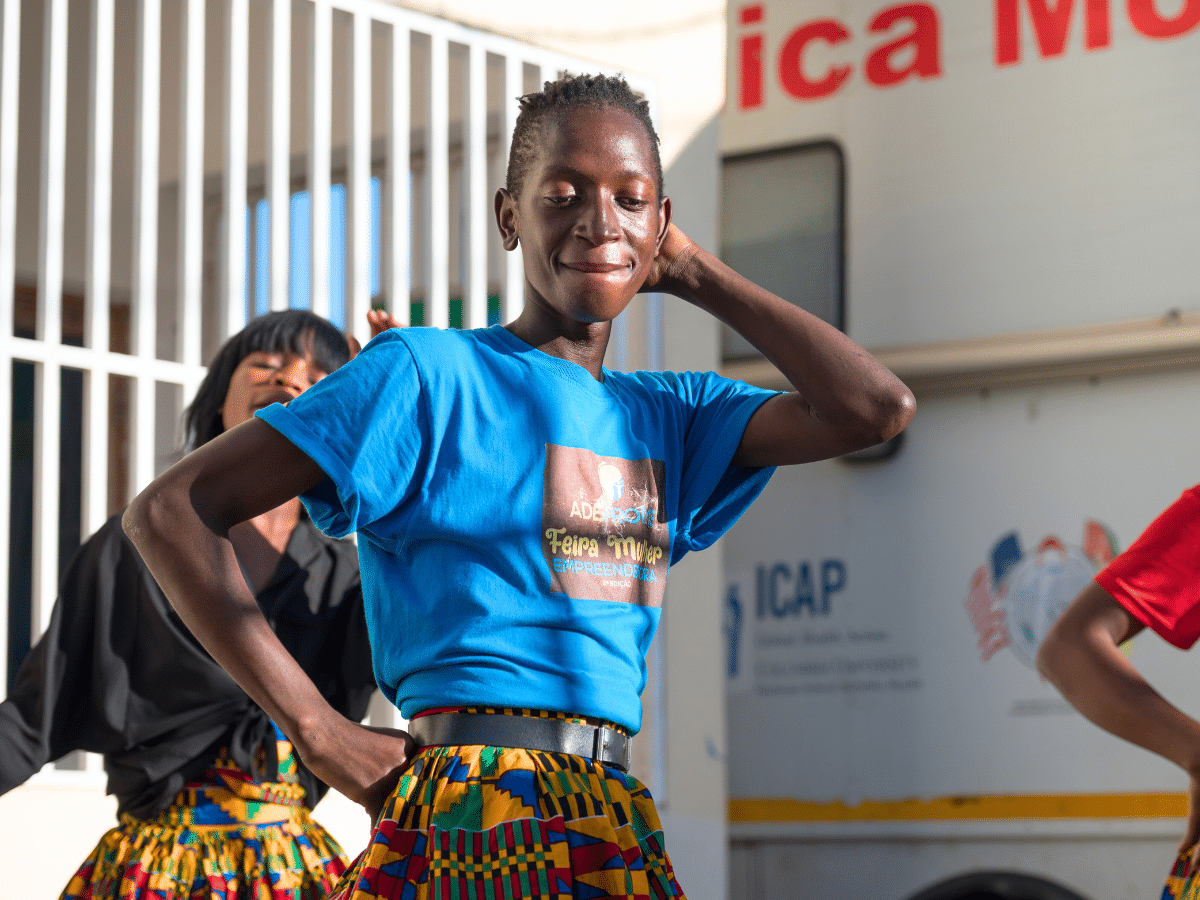Ahead of this year’s World AIDS Day, observed on December 1, ICAP at Columbia University’s Population-based HIV Impact Assessment (PHIA) project is celebrating the release of new HIV survey results measuring progress toward ending the HIV epidemic in several countries.
Numerous PHIA surveys were in the field during the COVID-19 pandemic, creating very real challenges for PHIA teams day-in and day-out. COVID-19 symptom screening, availability of SARS-CoV-2 testing, travel restrictions, physical distancing, and securing supplies such as masks and gloves required survey managers to act quickly to ensure data collection could be completed in a timely and safe way. In Mozambique, the PHIA survey, known as INSIDA, faced the additional challenge of impassable roads due to flooding from a cyclone, making it difficult to reach remote areas. By training survey staff on new COVID-19 safety measures, developing standard operating procedures, securing the supplies needed, and even building bridges to cross over muddy waters, the PHIA teams were able to deliver on their promise to reach communities and collect the critical data that would help shape the HIV response in each of the countries.
The PHIA project, which was initiated in 2014 and is led by the Ministry of Health in each participating country, is funded by the U.S. President’s Emergency Plan for AIDS Relief (PEPFAR) through the U.S. Centers for Disease Control and Prevention (CDC) and is implemented with support from ICAP and technical inputs from CDC.
The eagerly awaited results of the third PHIA survey in Eswatini, known as SHIMS, were recently released, unveiling a decade of remarkable progress. The SHIMS 3 survey findings demonstrated significant strides in closing gaps in HIV-related service delivery in the country, showing that 94 percent of adults living with HIV were aware of their status, 97 percent of those aware of their status were on antiretroviral treatment (ART), and 96 percent of those on ART had achieved viral suppression. The results emphasized that the country with the highest HIV prevalence in the world is within reach of achieving the 95-95-95 UNAIDS targets.
In a press statement released on September 22, 2022, U.S. Ambassador for PEPFAR and Special Representative for Global Health Diplomacy John Nkengasong said of the achievement, “Eswatini implemented a multi-pronged approach to achieving the UNAIDS targets that has been highly successful. The impressive progress they’ve made between SHIMS2 and SHIMS3 indicates that they are on track to achieve epidemic control and eliminate HIV/AIDS as a public health threat.”

SHIMS 3 results are announced at a UN General Assembly side event in Lesotho
The completion of the second PHIA survey in Lesotho (LePHIA 2020), whose final report results were disseminated in September 2022, is an example of a country’s commitment in the face of unexpected obstacles presented by the COVID-19 pandemic.
“LePHIA2020 data collection was completed just before lockdown in southern African countries, however, there was a challenge in terms of how to return results to participants in the midst of the lockdown,” said Felix Ndagije, ICAP country director in Lesotho. “Nonetheless, the teams forged ahead, ensuring that results reached participants.”
LePHIA 2020 demonstrated that the southern African nation had met all three UNAIDS 90-90-90 targets, with 90.1 percent of adults living with HIV aware of their status, 96.9 percent of those aware of their status on ART, and 91.5 percent of those on ART with viral load suppression. LePHIA 2020 is the second population-based HIV survey to be conducted in the country, and it showed an impressive 55 percent decrease in new HIV infections among adults aged 15 to 59 years since the first survey was conducted in 2016-2017.

U.S. Ambassador to Lesotho Maria Brewer hands over the LePHIA 2020 Final Report to Minister Semano Sekatle
The final report of the Kenya PHIA (KENPHIA) 2018 survey was released in August 2022. The survey demonstrated that among adults, Kenya had met the second and third UNAIDS targets, as 96 percent of individuals aware of their HIV-positive status were on ART, and among those on ART, 90.6 percent had viral load suppression. The survey highlighted, however, how future efforts are needed to identify those living with HIV through dissemination of HIV-related information and tailoring of HIV testing services to the needs of those unaware of their status. Importantly, of the pregnant women living with HIV who had delivered within one year before being surveyed, 92.1 percent reported they received ART during their pregnancy, a critical step in preventing mother-to-child transmission of HIV.
PHIA data continue to shed light on important issues at the intersection of HIV prevention, care, and treatment. For example, in a recent study using PHIA data, ICAP authors and collaborators demonstrated that severe food insecurity increased by two-fold the risk of HIV acquisition in women in six sub-Saharan African countries, including Zambia, Eswatini, Lesotho, Uganda, Tanzania, and Namibia.
To access such data, researchers, policymakers, and program planners involved in the global HIV response can use the PHIA Data Site, launched in 2018. The PHIA Data Site encompasses the data from PHIA surveys – including national HIV prevalence, incidence, viral load suppression, and beyond – where findings can be easily visualized on their own or compared against data for other countries on the site. More detailed analysis can be done by requesting download access to full public datasets. For the first time, with the first and second Zimbabwe PHIA (ZIMPHIA) survey results now live on the PHIA Data Site, results of two surveys from the same country can be compared.
“This is an exciting resource providing wide and easy access to these valuable data,” said Melissa Metz, data management and informatics lead for PHIA at ICAP. “Providing datasets that share a common codebook means that researchers can easily compare across countries and across time to produce a deeper understanding of the epidemic and the response.”
“It has been remarkably satisfying to be part of the PHIA project over the past decade,” said David Hoos, PHIA project director. “We look forward to all the ways in which these results can help each country reach the goal of controlling its HIV epidemic while ensuring that no one is left behind.”
To date, results have been published for 18 PHIA surveys from several countries in sub-Saharan Africa and Haiti, with data collection and analysis for several other surveys ongoing.
About ICAP
A major global health organization that has been improving public health in countries around the world for nearly two decades, ICAP works to transform the health of populations through innovation, science, and global collaboration. Based at Columbia Mailman School of Public Health, ICAP has projects in nearly 40 countries, working side-by-side with ministries of health and local governmental, non-governmental, academic, and community partners to confront some of the world’s greatest health challenges. Through evidence-informed programs, meaningful research, tailored technical assistance, effective training and education programs, and rigorous surveillance to measure and evaluate the impact of public health interventions, ICAP aims to realize a global vision of healthy people, empowered communities, and thriving societies.








